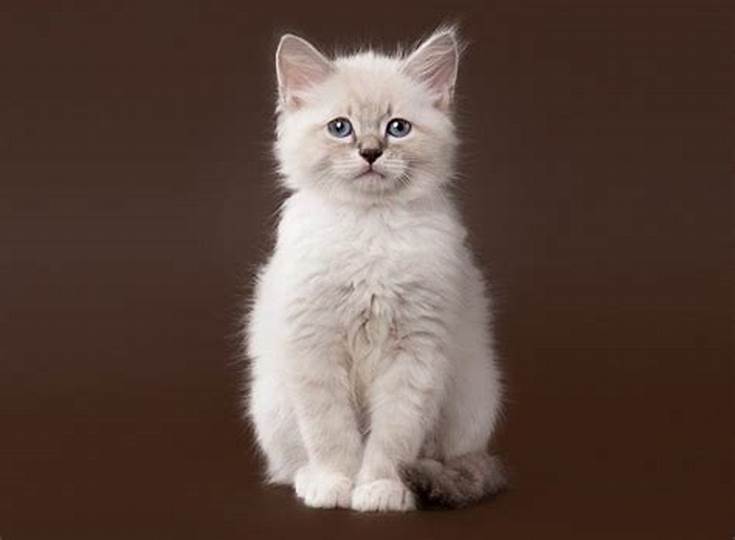
Nevada Cat|Nybyon Cat
In Europe in the 1960s, especially the United Kingdom, Russian Blue has a tendency to return to its original short stature and dark coat features.
Alias Pharaoh Cat,Egyptian cat
English name Egypti an Mau
Weight 2.25-5kg
Body Type Medium cat
Longhair Shorthair
Origin Egypt
| Stickness: | Happiness: | ||
| Hair loss: | Body Odor: | ||
| Beauty Frequency: | Kids Friendly: | ||
| Yes Friendly people: | Animal Friendly: | ||
| Amount of exercise: | Trainability: | ||
| saliva level : | Cold Hardiness: | ||
| Heat Resistance: | Urban Adaptation Degree: |
History: Native to Egypt, also known as Egyptian gods. Possibly the first in the world. As early as 1400 AD, the frescoes of ancient Egyptian temples on the banks of the Nile were painted with the image of a spotted cat. In ancient Egypt, cats were the incarnation of gods. People worshiped cats very much, and they were buried deeply after death. Due to the decline of ancient Egypt, the status of the Egyptian cat was also shaken. It was not until the reign of Constantine in the 4th century AD that the Egyptian cat began to exist as an ordinary small creature. In 1953, the first Egyptian cat was introduced to Italy, and then to the United States. In 1957, the Egyptian cat made its debut at the Royal Cat Show in London, England, and was recognized by the Cat Association 15 years later.
|
Origin:
Egypt
Character:
Smart and considerate, timid and fragile, good memory , very patient with children, soft and beautiful voice. Fear of strangers.
CFA Criteria: Head: The head is of medium size, slightly rounded wedge-shaped, slightly raised from the forehead to the bridge of the nose. The forehead, cheeks, and sides of the face are plump. The muzzle is not pointed, and the male lower jaw is well developed. Ears: Large, slightly pointed forward. The outer side of the ear is short and dense, and the inner side of the ear is covered with frills and curls out to the outside. Eyes: Large, almond-shaped, slightly hanged at the tips, pale green, glass green, or emerald green. The kitten's eyes appear greener and greener when happy, and turn amber when angry. Body: Medium stature, slender body, strong muscles, especially the neck and shoulder muscles are the most developed. Limbs: Longer, hind legs longer than front legs. The limbs are coordinated and can stand up with the tips of the claws. Toes: Small oval, but slightly rounded. Tail: Medium in length, thick at the base and slightly tapered at the tip. Coat: The coat is soft, smooth and shiny. The biggest feature is that there are various markings on all parts of the body. The typical forehead has an "M" pattern, and the cheeks are also patterned. The pattern on the neck is thin and strong, the stripes on the shoulders are wider, the back of the shoulders is speckled and there is a necklace pattern broken in half on the throat, the color spots on the body are irregularly distributed, the tail hair is darker, and the limbs have horizontal stripes. . Disadvantages: short and round head, small ears, pointed muzzle, short and fat body are disadvantages. The tail is abnormally twisted and polydactyly, and those with white spots are inferior. |